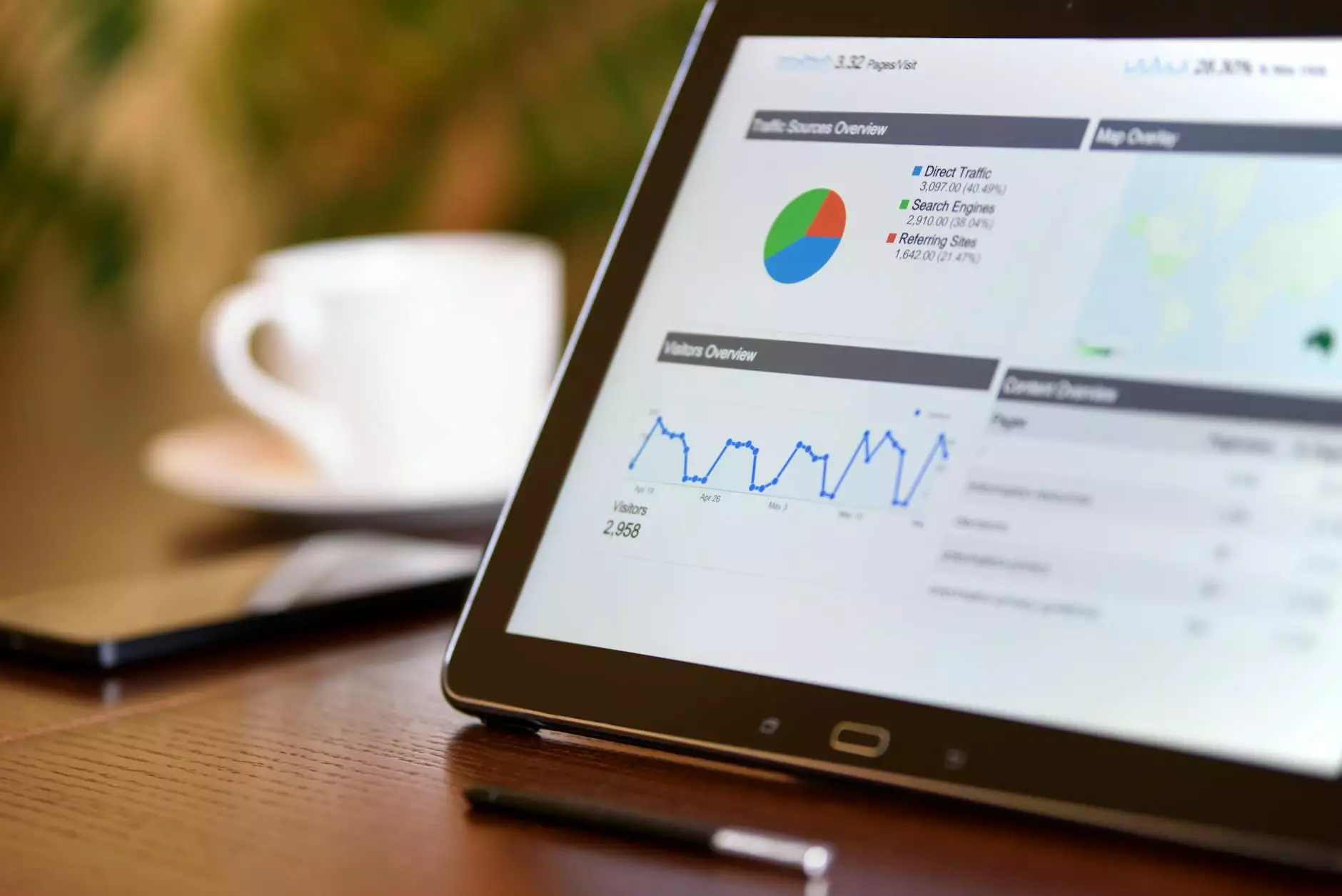Track Clicks on Your Website as Conversions

Welcome to Aspen Marketing, your trusted partner in business and consumer services within the marketing and advertising industry. In this comprehensive guide, we will explore the importance of tracking clicks on your website as conversions and the strategies you can implement to optimize your website and improve your conversion rates.
Understanding the Importance of Tracking Clicks
Click tracking is a vital component of any successful digital marketing campaign. By tracking clicks on your website as conversions, you gain valuable insights into the effectiveness of your marketing efforts and the behavior of your website visitors. This data allows you to make data-driven decisions and optimize your website for higher conversion rates.
Key Benefits of Tracking Clicks on Your Website
1. Measure Campaign Performance: Tracking clicks helps you measure the success of your marketing campaigns. By monitoring which campaigns generate the most clicks, you can identify the most effective strategies and allocate your resources accordingly.
2. Understand User Behavior: Click tracking provides you with valuable information about how users interact with your website. It helps you analyze which pages receive the most clicks, how visitors navigate through your site, and identify areas that may need improvement.
3. Optimize Conversion Rates: By tracking clicks, you can identify patterns and bottlenecks in your conversion funnel. This insight allows you to make data-driven optimizations to increase your conversion rates and maximize your return on investment.
Strategies for Tracking Clicks on Your Website
Implementing effective click tracking requires the use of sophisticated tools and techniques. Let's explore some strategies you can utilize to track clicks on your website as conversions:
1. Google Analytics
Google Analytics is a powerful web analytics tool that allows you to track various metrics, including clicks, conversions, and user behavior. By installing the Google Analytics tracking code on your website, you can gain deep insights into how users interact with your site and make informed decisions based on data.
2. UTM Parameters
UTM parameters are tags added to the end of a URL, which help you track the source, medium, and campaign that brings visitors to your website. By incorporating UTM parameters into your URLs, you can accurately track clicks from different marketing channels and determine which sources are driving the most conversions.
3. Heatmaps and Click-Tracking Tools
Heatmaps and click-tracking tools visually represent where users click and engage with your website. These tools provide valuable insights into user behavior, allowing you to identify hotspots, areas of low engagement, and optimize your website's layout and design for improved conversions.
4. Conversion Rate Optimization (CRO)
Conversion Rate Optimization (CRO) is a systematic approach to improving your website's conversion rates. By continuously testing and optimizing elements such as headlines, call-to-action buttons, and landing page layouts, you can create a seamless user experience that maximizes conversions.
Conclusion
Tracking clicks on your website as conversions is an essential practice for any business looking to optimize their digital marketing efforts. By understanding the importance of click tracking and implementing effective strategies, such as utilizing Google Analytics, UTM parameters, heatmaps, and CRO techniques, you can gain valuable insights into user behavior and optimize your website for higher conversion rates.
At Aspen Marketing, we understand the intricacies of click tracking and conversion optimization. With our expertise in business and consumer services within the marketing and advertising industry, we can help you take your website's performance to the next level. Contact us today to learn how our services can benefit your business.




